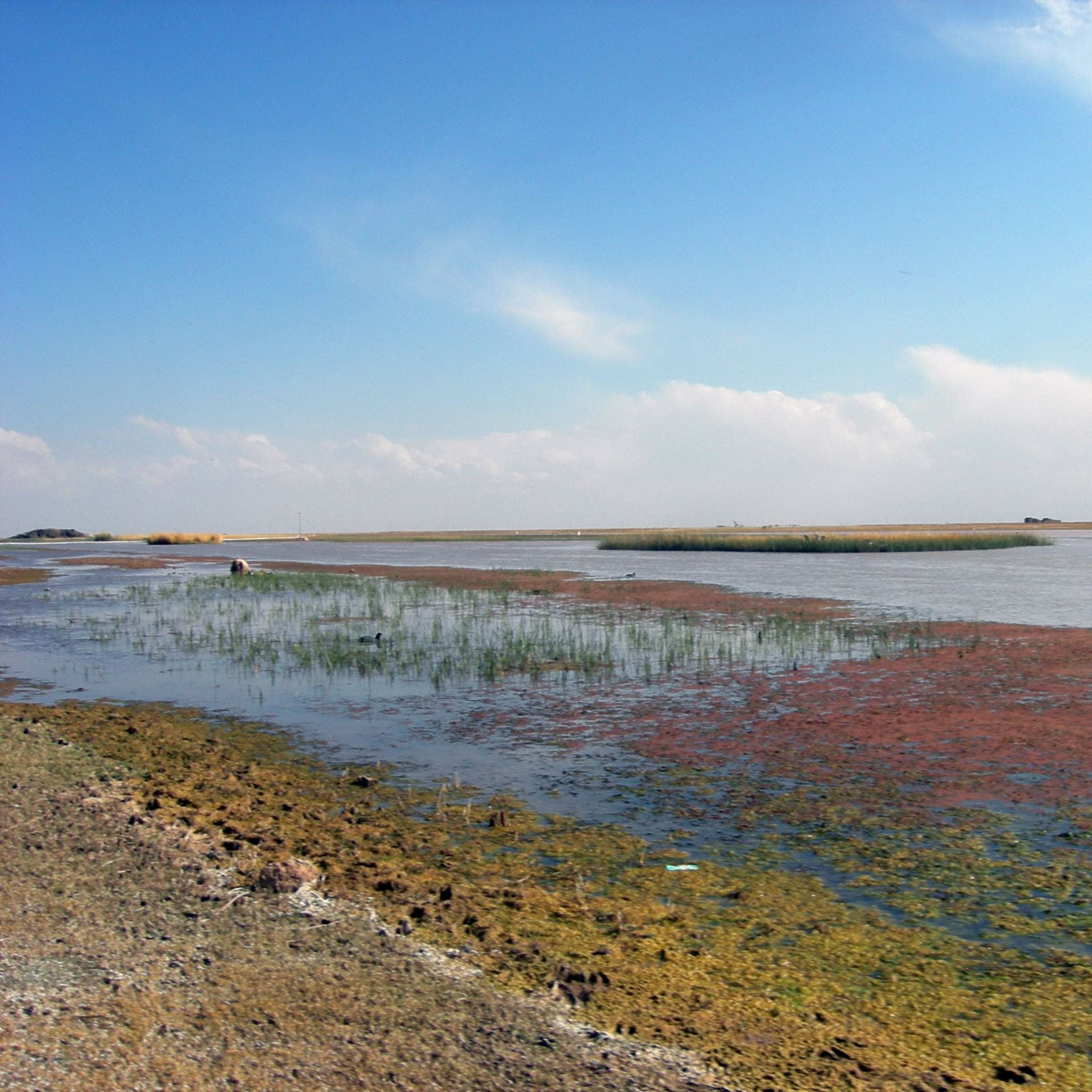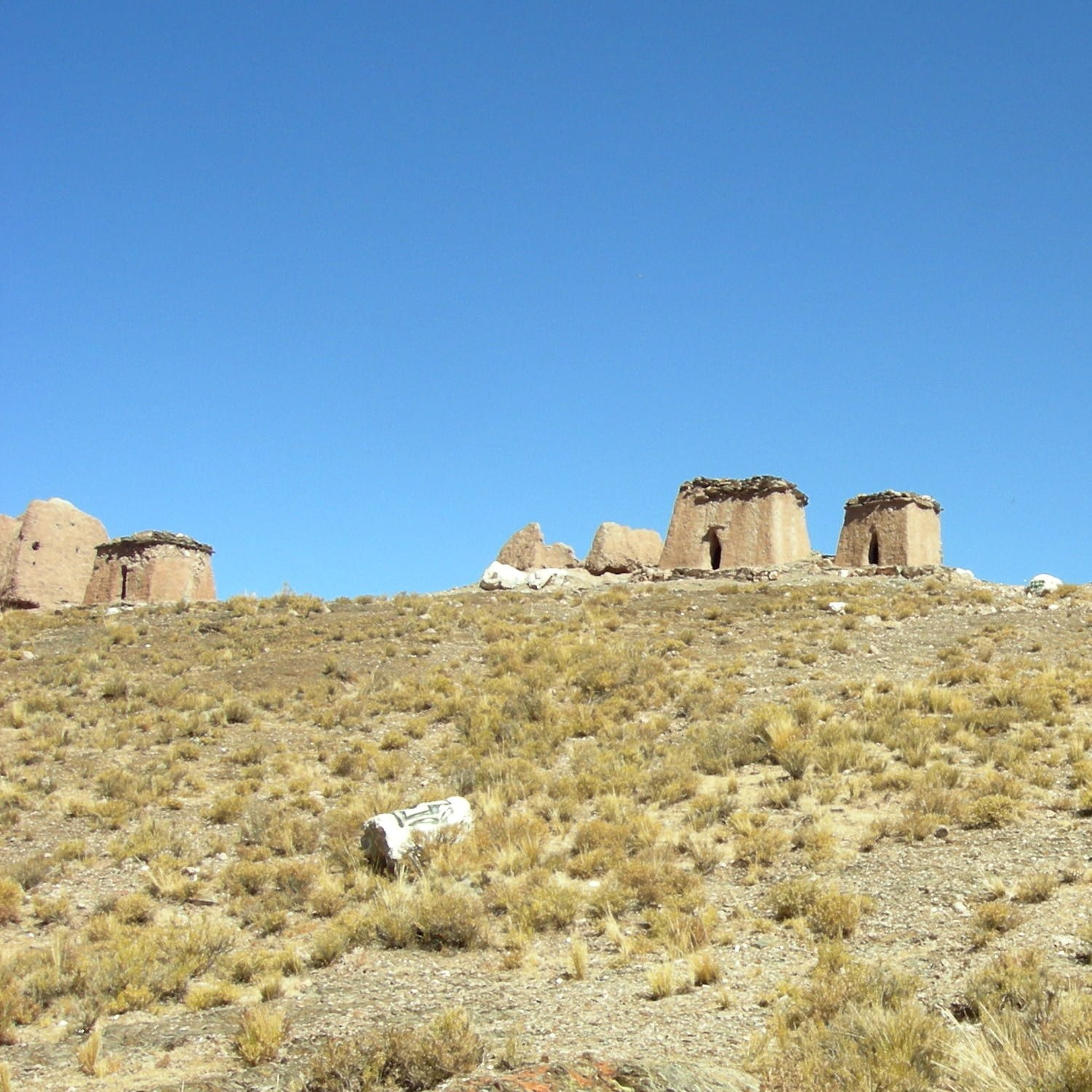The question of early food production in the Andean highlands has been address by reconstructing and contrasting the cultural developments of the northern Altiplano around Lake Titicaca, a region mostly characterized by agricultural intensification of potato and quinoa farming, with those from the central and southern Altiplano, where extensive agropastoral systems and particularly, camelid husbandry, flourished. Combining survey and excavations with detailed zooarchaeological, paleoethnobotanical, and biochemical analyses, we have been able to hypothesize that the progressive development of agricultural intensification was significantly more nuanced and protracted than previous monocausal models of cultural change suggested. Ongoing research will involve the study of paleoenvironmental records to document how was did the adoption of pastoralism in a context of environmental change transform the regional vegetation and landscape during the Late Holocene.
Collaborators
- Dr. Alejandra Domic, Penn State



